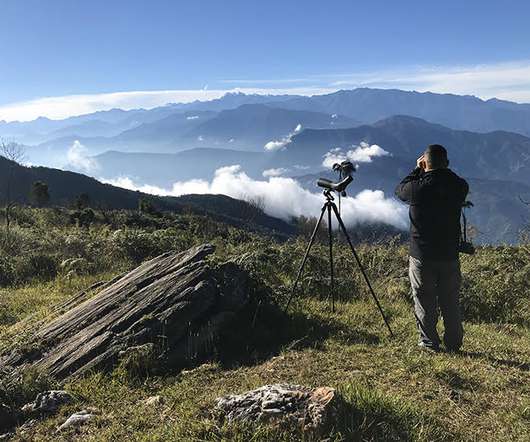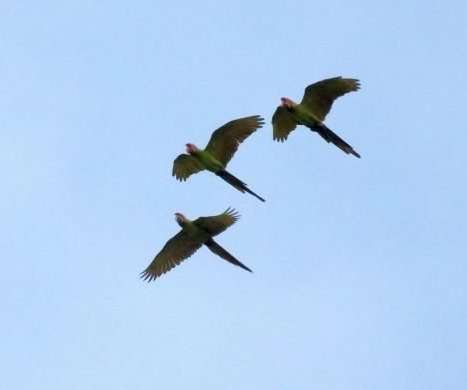Check out Birding Experiences in Costa Rica
10,000 Birds
FEBRUARY 7, 2021
Promote bird protection and conservation. Actively birding in Costa Rica as well as Nicaragua and Panama as well as the USA, Mexico, Guatemala, Colombia, Peru and Ecuador. We strive to: Focus on the needs of the client. In brief, birds are our passion, and we would love to help organize your birdwatching trip to Costa Rica.












Let's personalize your content